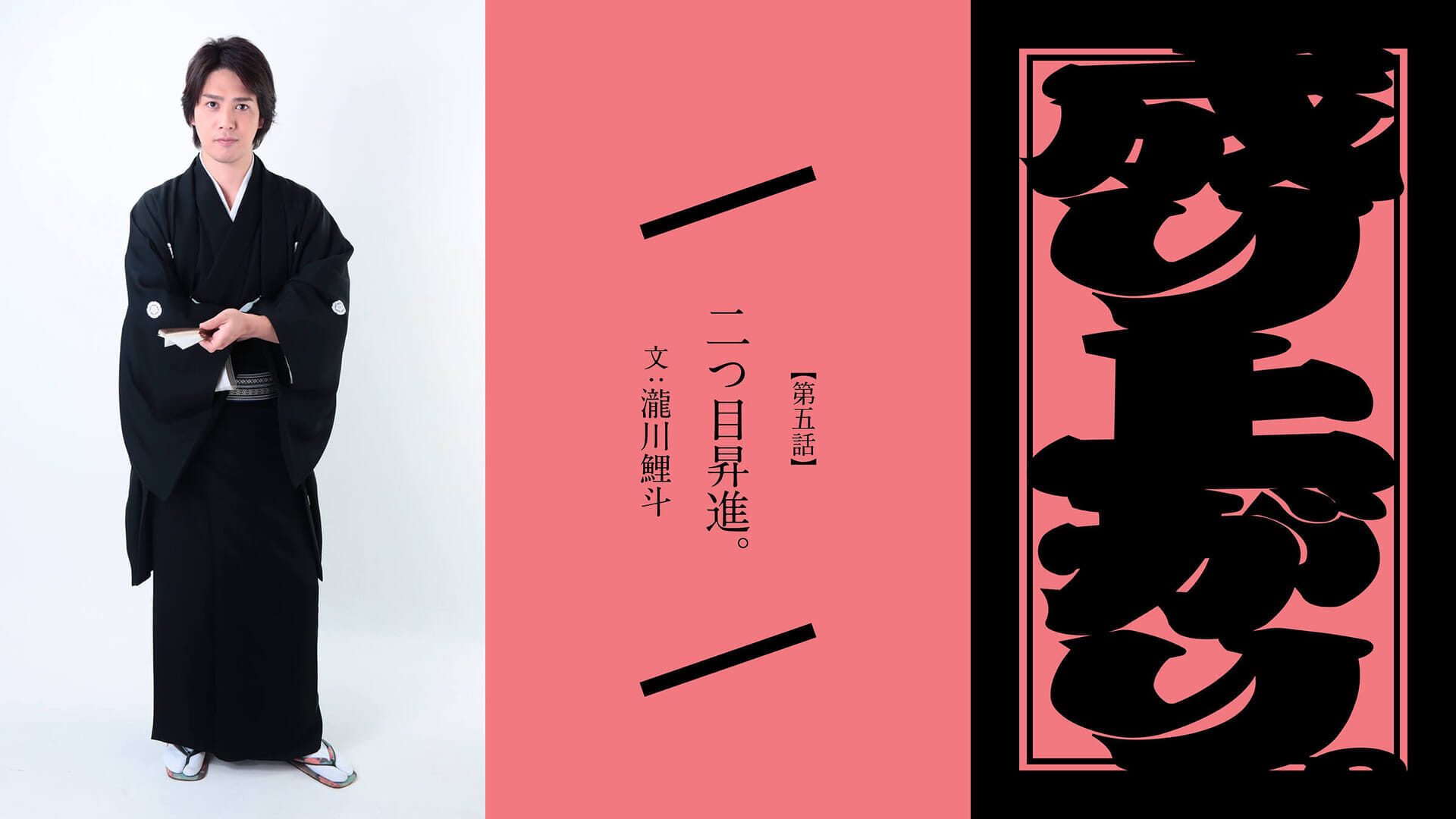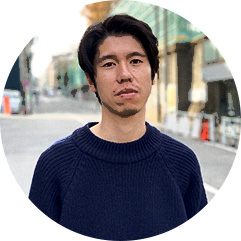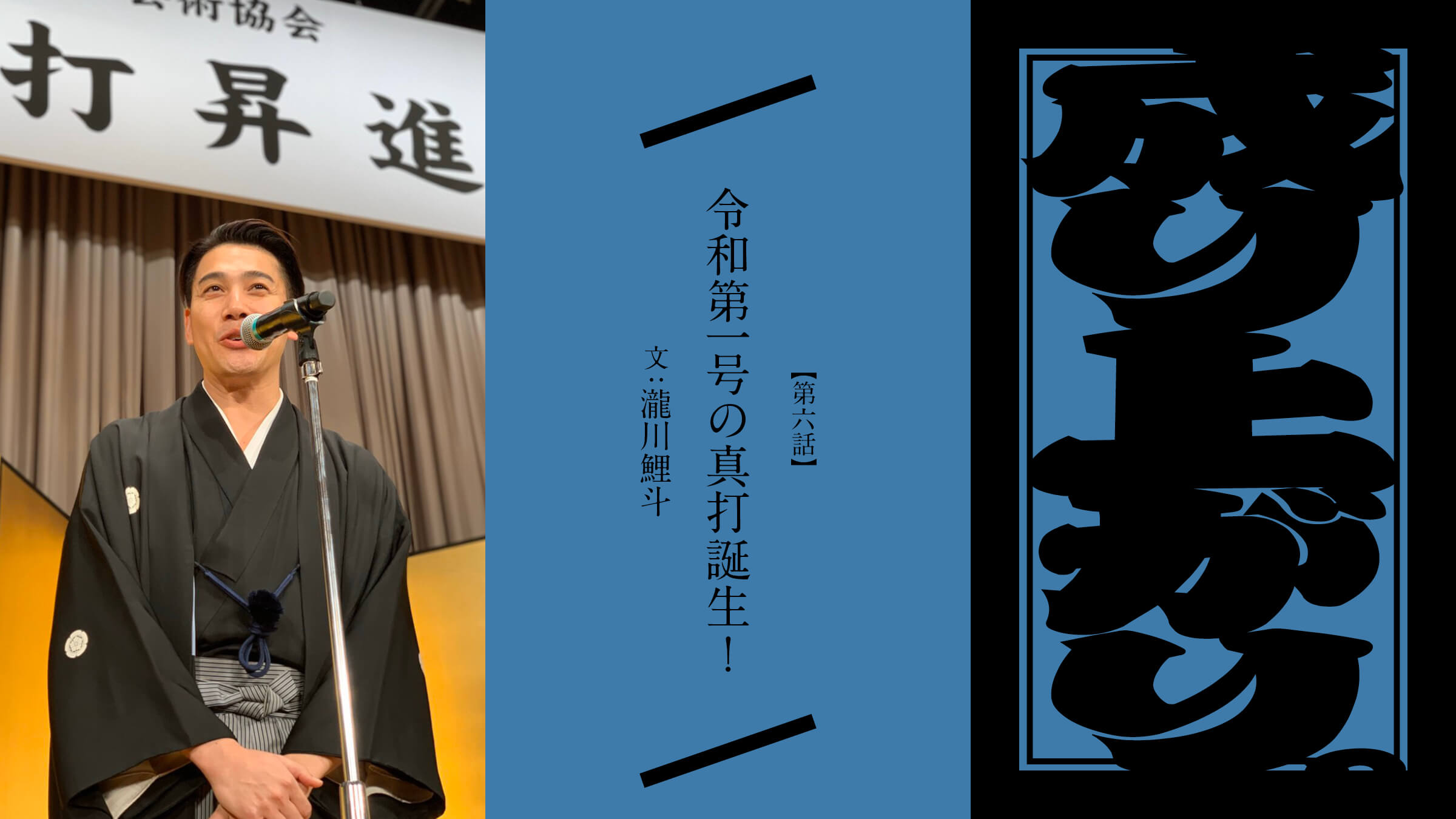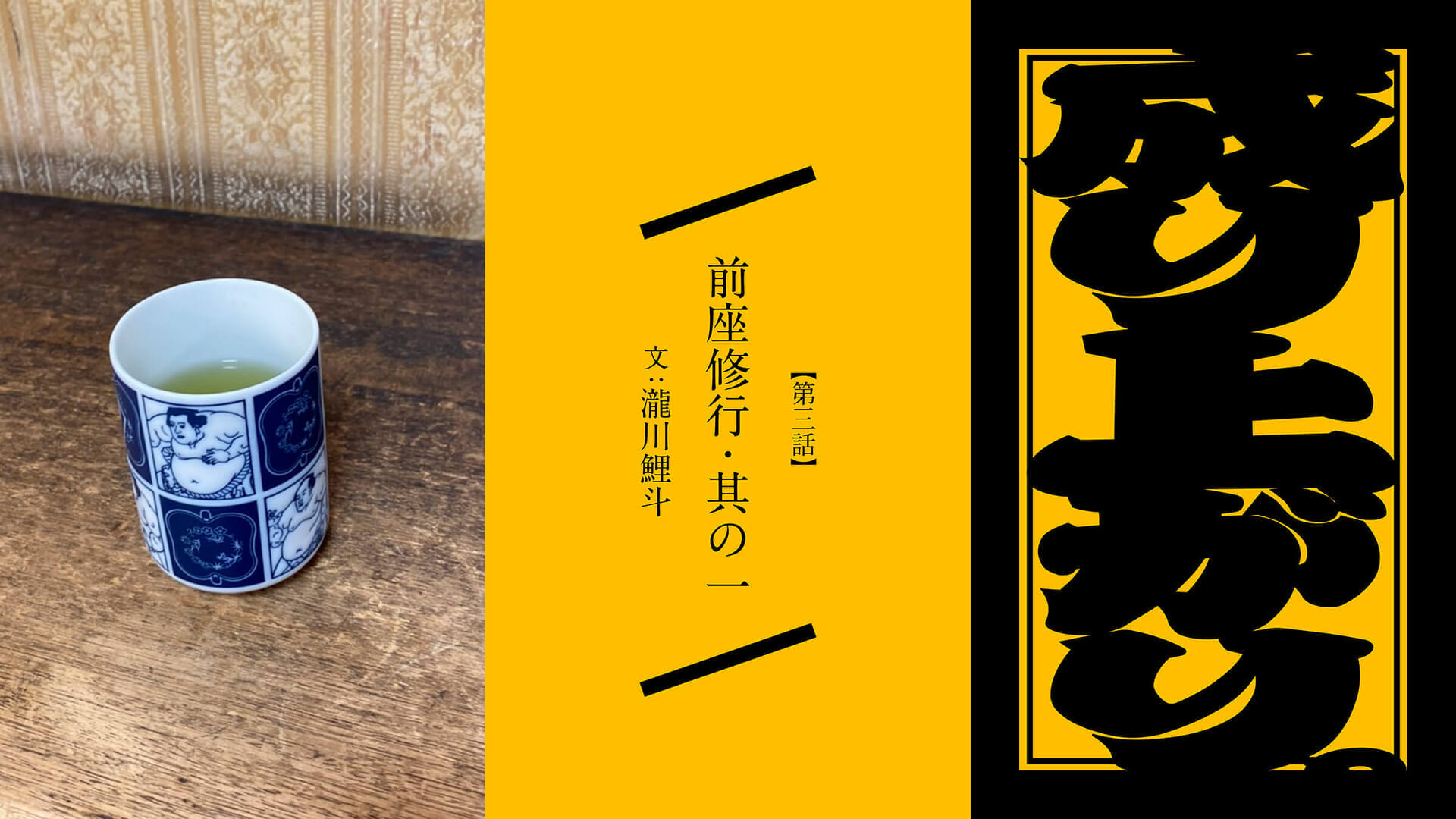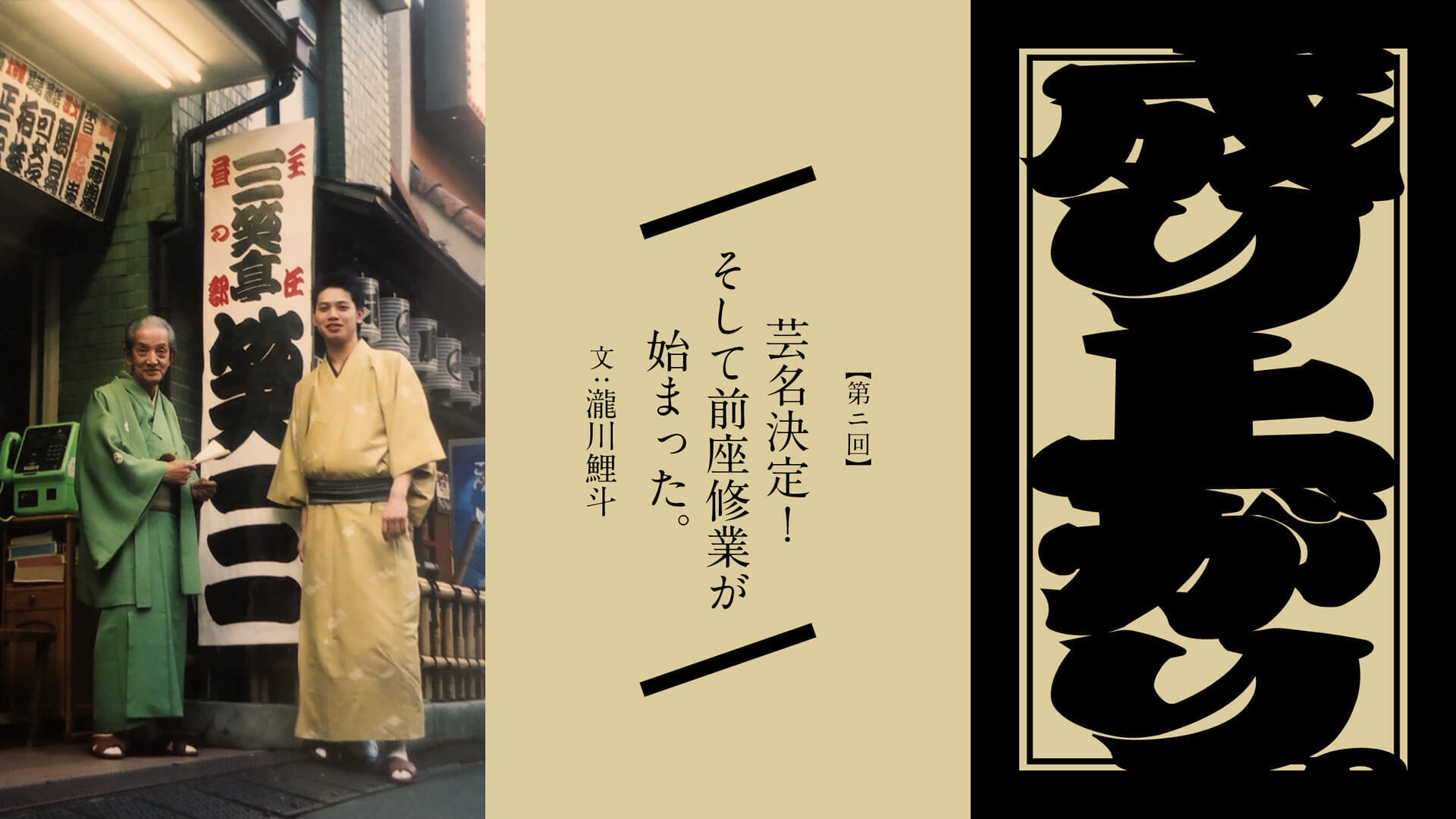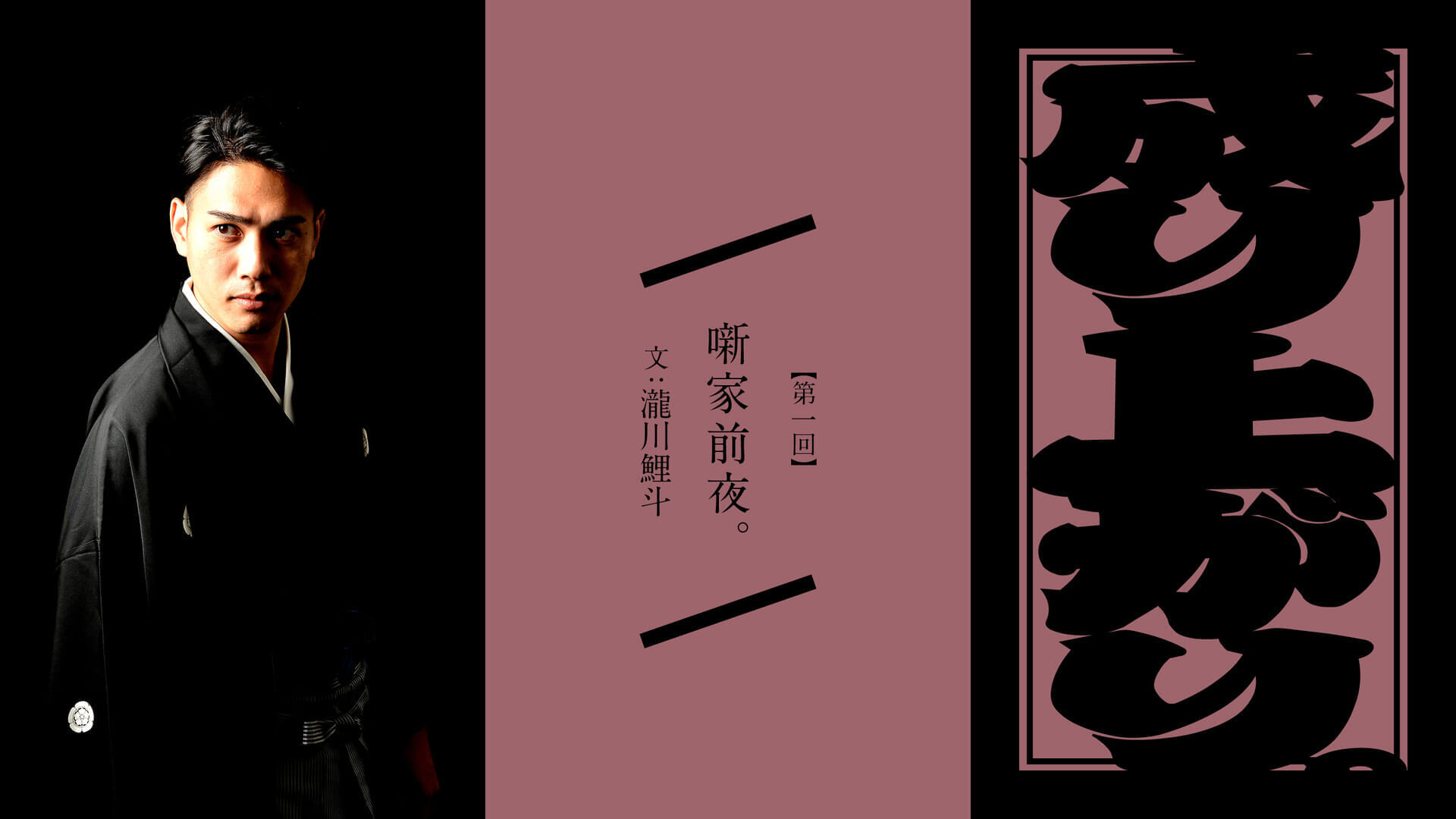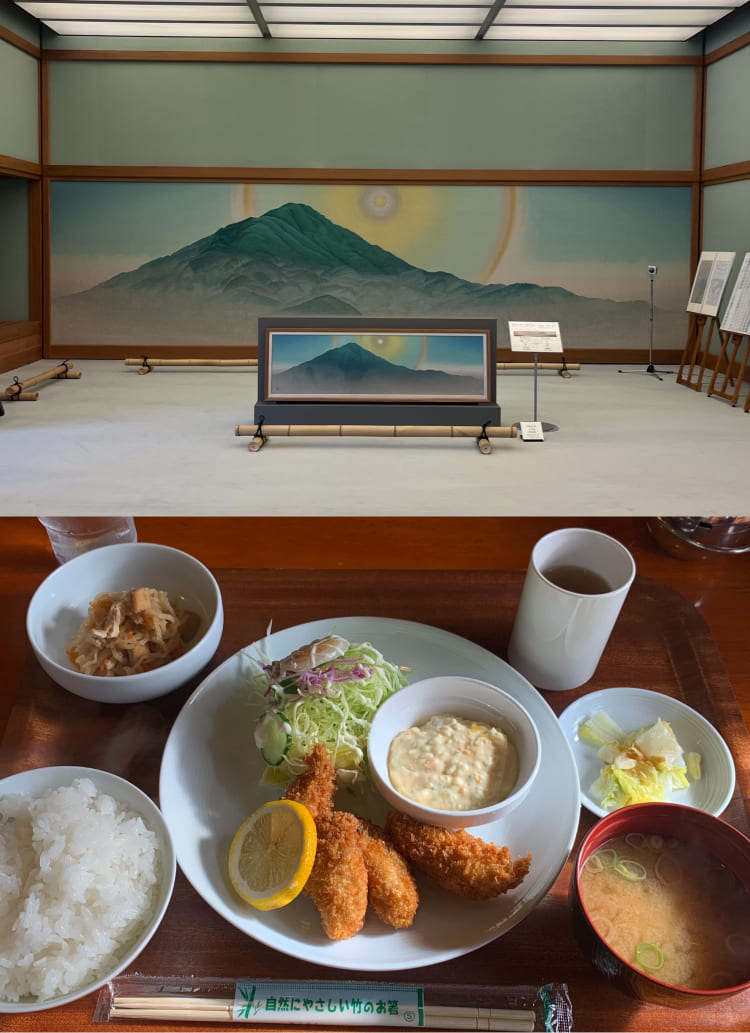Episode 5 Second promotion.
In April 2009, after completing my training as a rakugo performer, I was promoted to the second rank.
Before my promotion, my master took me to Okuwaya, a kimono shop in Ebisu. My master is a favorite of Okuwaya, and we went there to have a black crested kimono and hakama made. I was surprised at the kimono prices I saw there..!
You should save up some money for your second promotion!" but I had no idea it would be so expensive! . It was over a million dollars.
I was told by my master, "With this kimono, I won't be embarrassed no matter where I go to Rakugo performances, and I can wear it for the rest of my life!" my master said to me, but I had never made a purchase more expensive than a motorcycle.
The maeza are not allowed to wear haori hakama on the stage. Only after being promoted to the second rank are they allowed to wear haori hakama on the dais.
What's more, I got to make my own tenugui, which is like a business card for a rakugo storyteller! A tenugui is like a business card for a rakugo performer, so I was very happy to finally be able to make one.
To my delight, when you become a nitsuji, you will be given the opportunity to perform at a Yose theater to announce your promotion. For ten days at a time, I travel to Shinjuku Suehiro-tei, Asakusa Engei Hall, Ikebukuro Engei Hall, Ueno Hirokoji-tei, and the National Engei Hall. I get very nervous at these unveilings!
Usually, the nitsu-me actor goes up to the stage after the maeza, but when he is unveiling his performance, he goes up a little deeper. During the maeza period, the nitsume never appeared on the dais after the maeza, so their bodies were not accustomed to it. Naturally, I couldn't speak at the maeza, so I had to think hard, and after much deliberation, I ended up speaking something that wasn't at all funny (laughs).
The backstage brothers were very considerate and said, "It's your showcase, so make it long! So we were given 20 minutes to perform. I was really nervous because I had never done anything like this before (laughs).
At the time of his debut at the Asakusa Engei Hall, his brother Ryutaro Harufutei said to him, "Follow me! He told me, "You have to wear good geta when you become the second performer! He bought me a pair of geta at a store in Nakamise, which I still use to this day. Of course, I still use them with great care!
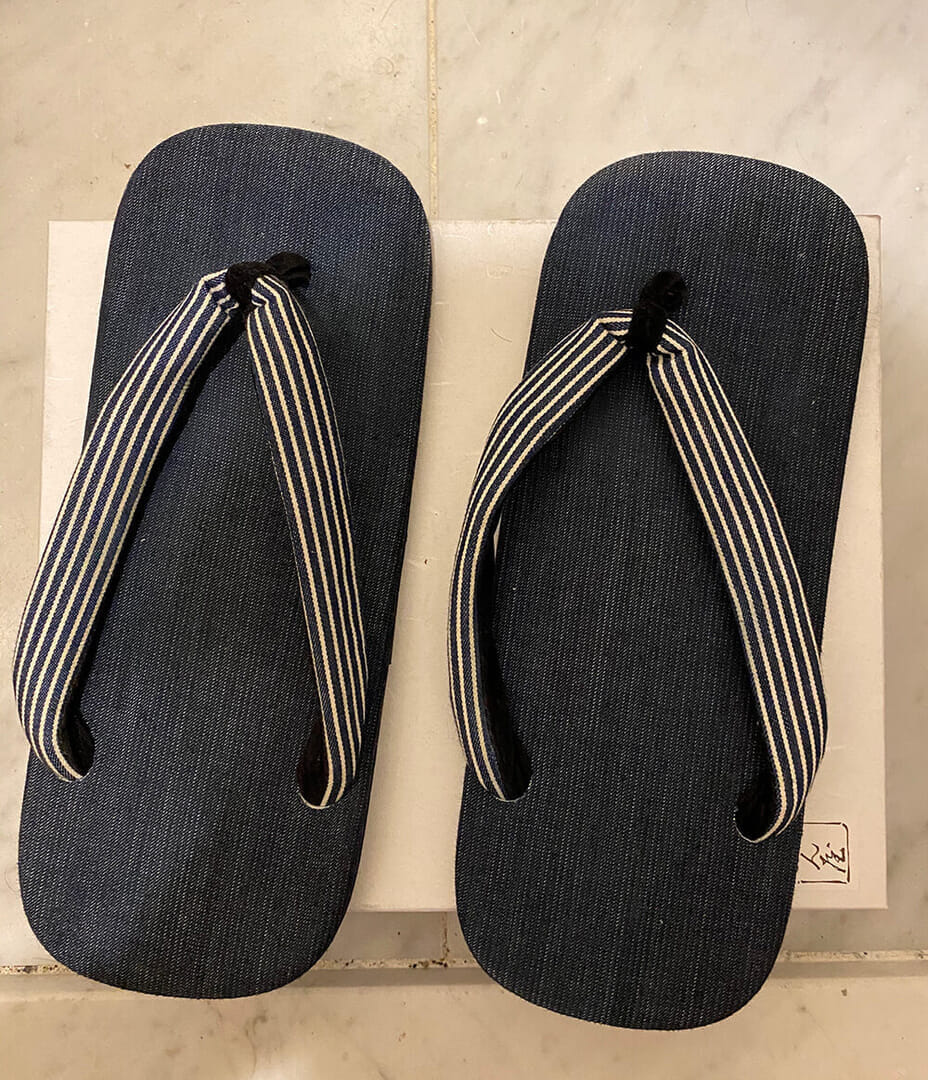
, a pair of snow shoes bought for me by Ryutaro Shunputei at the time.
Now, just because you have been promoted to the second rank does not mean that your training is over. From there, new training awaits you. The second stage is a time to hold your own rakugo performances and to learn and practice the big stories.
At Yose, Nitsume has only two performances, one in the daytime and one in the evening. So, for example, he began training in rakugo by holding rakugo performances in the tatami rooms of soba noodle shops owned by his acquaintances.
Of course, soon after I became a Nitsu, I also had a monthly rakugo party at the restaurant "Red Brick" where I met my master. I still remember the title of this rakugo session.
Let's play Koi Doo!"
I remember being very nervous and anxious about my first one-person workshop as the second performer. I am still very grateful to my brothers and sisters who graciously agreed to be my guest performers when they heard I was going to hold my first study session, as well as to my good comrades in banqueting.
This study group began in May 2009. The content was that we would unload two Rakugo stories a month. This meant that in one year I could learn 24 rakugo stories, which was very helpful to me since I did not have much material to work with.
Instead of going to the dressing room after my training in the front of the house, it became an important training place for me to concentrate on the Takaza stage of Rakugo. I spent many days frantically learning rakugo and putting it on the stage, then learning it and putting it on the stage, and repeating the process.
At that time, of course, there was no such thing as rakugo technique, and I just immersed myself in the process of learning rakugo stories. . I thought that now was the time to learn how Rakugo stories were told, not to learn Rakugo techniques, so I just kept on learning Rakugo.
. and so began my real association with rakugo.
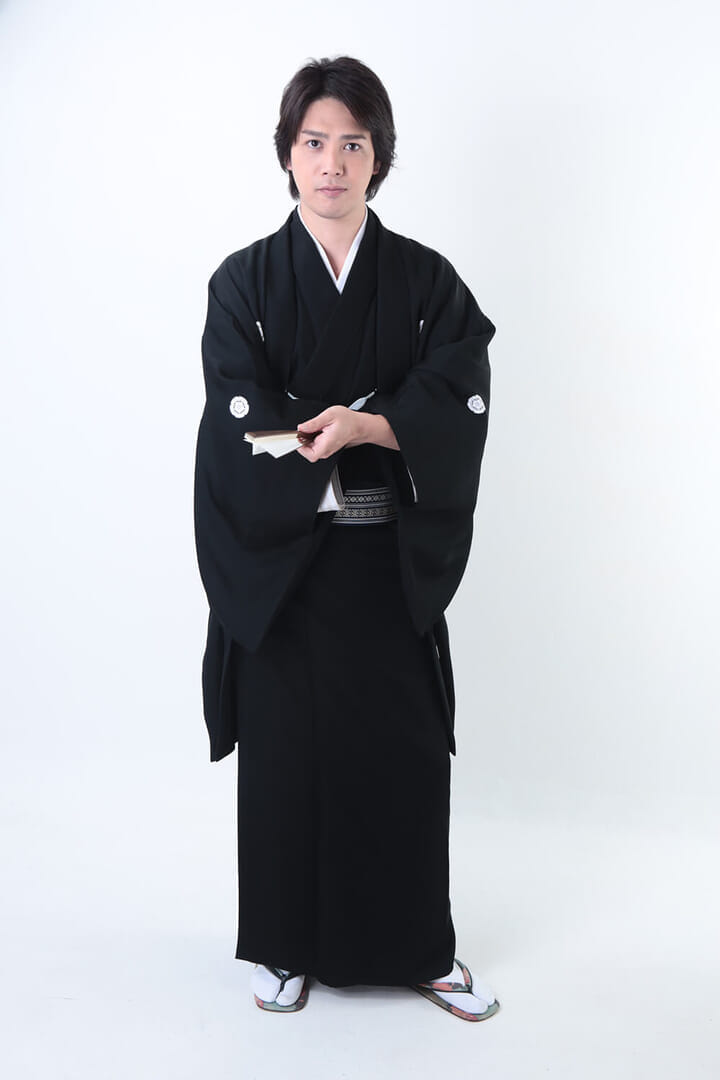
Mr. Takigawa Koito in his Nitsume period.
PROFILE
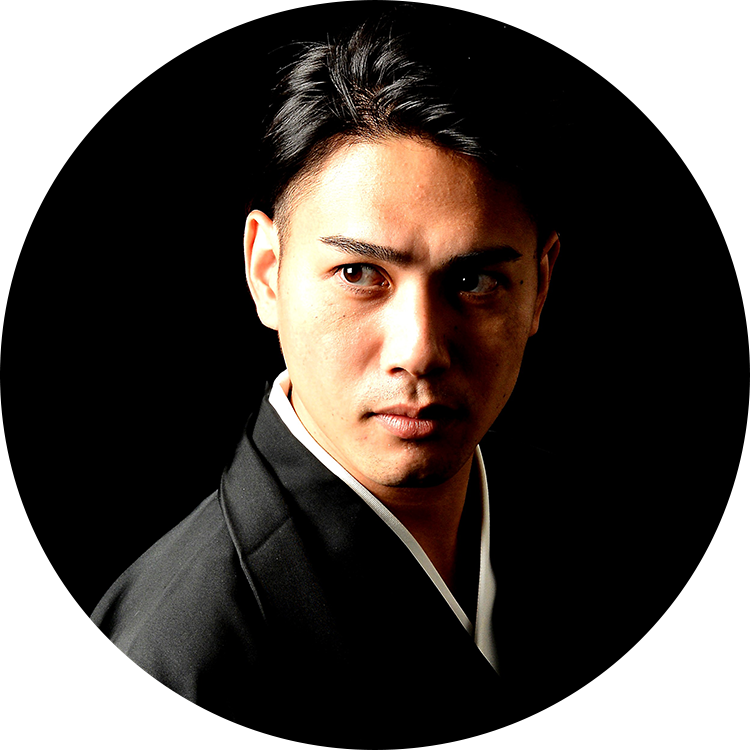
Born in 1984 in Nagoya, Japan, he is a member of the Rakugo Art Association. He became obsessed with motorcycles in high school and became the leader of a local motorcycle gang at the age of 17. He became an apprentice when he saw a solo performance by his master Takigawa Koisho while working part-time at a restaurant in Shinjuku, and was promoted to maeza in 2005, nitsume in 2009, and shinuchi in May 2019.


